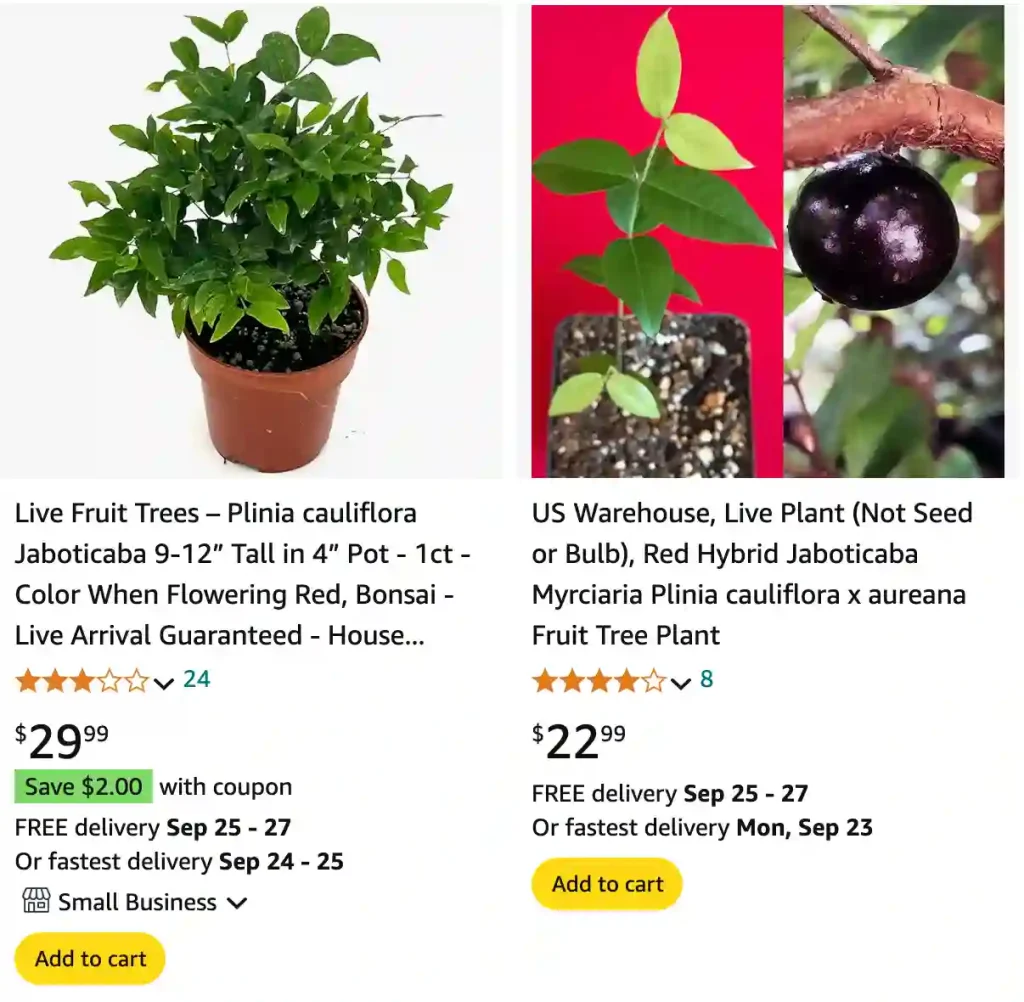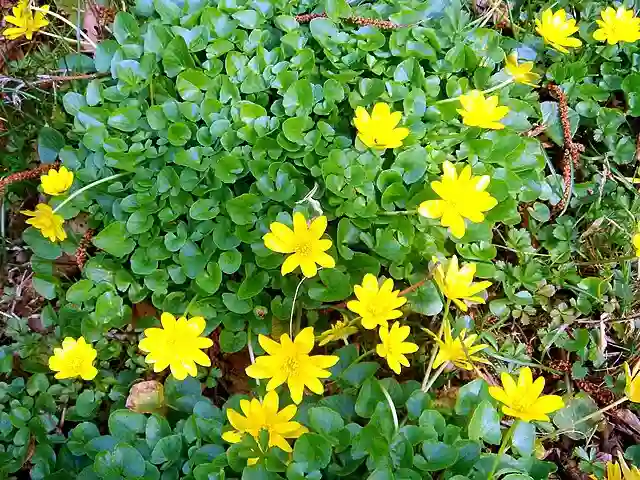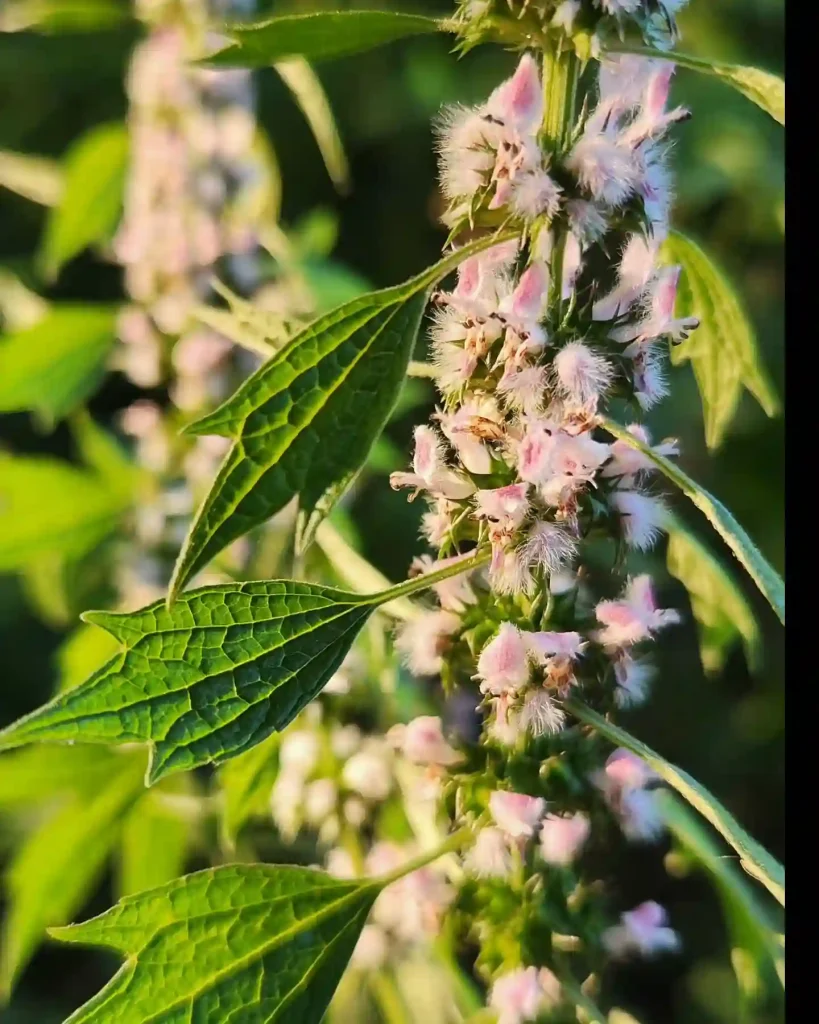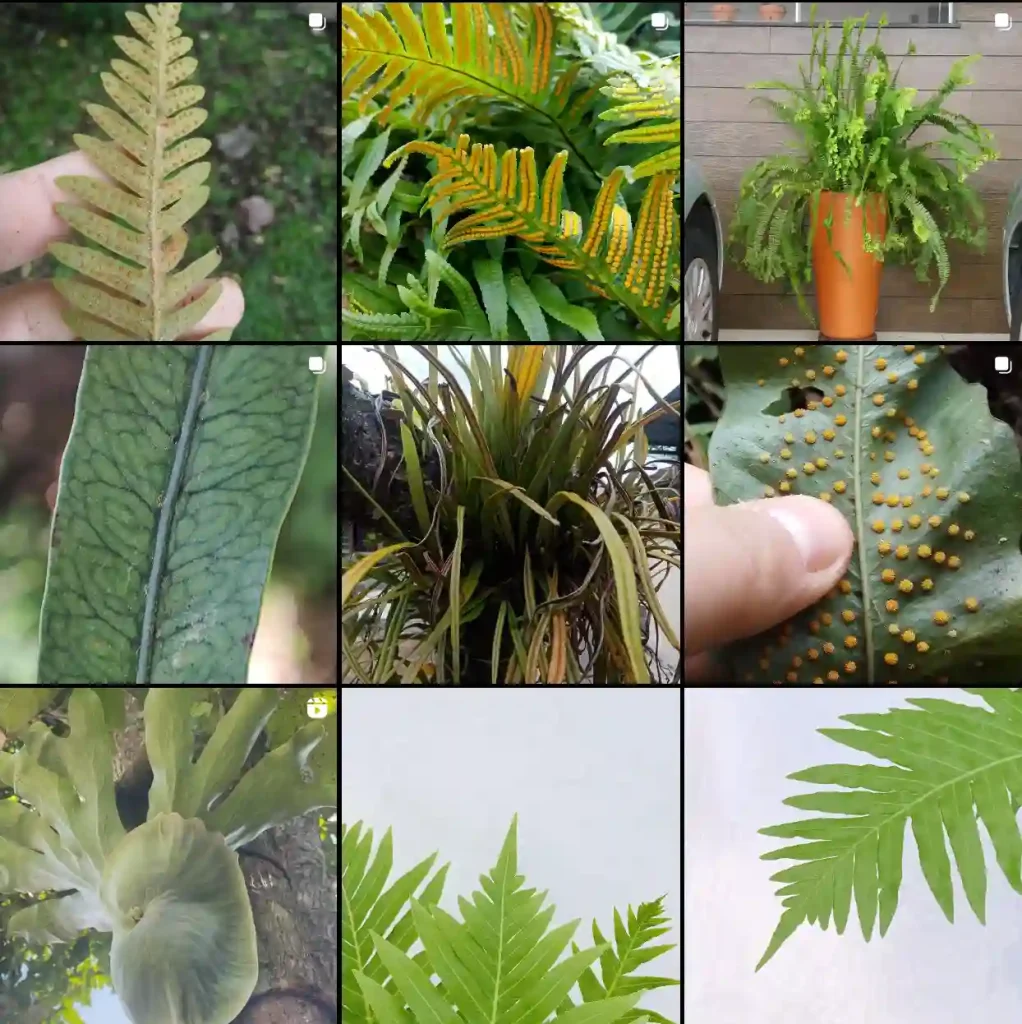
Frequently Asked Questions About Plinia Cauliflora
Plinia Cauliflora, commonly known as Jabuticaba, belong to the Myrtaceae family, is one of my favorite fruiting plants. Its unusual trait of growing fruit directly on its trunk and branches makes it stand out. I’ve had plenty of experience with this unique species, and I often get questions about it. So, here’s a comprehensive guide covering the most common questions and some helpful tips for growing and caring for Plinia Cauliflora.
Plant Family: 130 Genera in Myrtaceae
What is Plinia Cauliflora?
Plinia Cauliflora is a tropical and subtropical fruit tree native to Brazil. What makes it fascinating is its cauliflorous growth habit, which means the fruit grows directly on the tree’s bark rather than on branches or stems. These dark purple fruits resemble grapes, both in appearance and taste, though the tree itself looks nothing like a grapevine. They’re juicy, sweet, and often used in making jellies, wines, and juices.
The tree is also relatively slow-growing and can be grown in pots, which makes it a perfect candidate for gardeners with limited space or those looking for an exotic plant that’s not too demanding.
How to Care for Plinia Cauliflora?
Caring for Plinia Cauliflora is relatively simple, but it does require attention to a few key elements: water, sunlight, and soil.
- Watering: Jabuticaba trees need consistent moisture. I water mine regularly, ensuring the soil stays damp but not waterlogged. Over-watering can lead to root rot, so it’s essential to strike the right balance. If you’re growing it in a pot, good drainage is crucial.
- Sunlight: Plinia Cauliflora thrives in full sun to partial shade. In hotter climates, it’s better to give it some afternoon shade to prevent leaf scorch.
- Soil: The tree prefers slightly acidic, well-draining soil. I use a mix of organic compost and sand to achieve this balance. The compost provides nutrients, while the sand improves drainage.
- Fertilizing: Jabuticaba trees benefit from regular feeding, especially during the growing season. I typically use a balanced, slow-release fertilizer.
How to Propagate Plinia Cauliflora?
Propagation of Plinia Cauliflora can be done by seeds or cuttings, though I’ve found seed propagation to be more reliable.
- Seed Propagation: Fresh seeds germinate best, and they can take several weeks to months to sprout. I usually soak the seeds for a day before planting them in a well-draining mix. Patience is key here, as the seedlings grow slowly.
- Cuttings: Though less common, propagation by cuttings is possible. You’ll need a semi-hardwood cutting with at least two nodes. I dip the cutting in rooting hormone before planting it in a humid environment, keeping it warm and shaded until roots develop.
What to Plant with Plinia Cauliflora?
Plinia Cauliflora can be planted alongside other tropical plants that enjoy similar growing conditions. I like pairing mine with banana plants, papayas, and guavas. These companions share the same light and moisture requirements, making them great partners in a tropical garden.
You can also plant ground cover, such as ferns or small flowering plants, beneath the tree. Just ensure they don’t compete too much for nutrients.
Is Plinia Cauliflora Toxic?
No, Plinia Cauliflora is not toxic. In fact, both the fruit and the seeds are safe to eat. Many people consume the fruit fresh or use it in jams and beverages. However, I always remind people to avoid consuming any part of the tree other than the fruit, as it has not been widely tested for consumption beyond the fruit itself.
What are the Benefits of Plinia Cauliflora?
There are several benefits to growing and consuming Jabuticaba.
- Nutritional Value: The fruits are rich in antioxidants, vitamin C, and anti-inflammatory compounds, which can support the immune system and promote healthy skin.
- Ornamental Appeal: The tree itself is visually striking, especially when it’s fruiting. The trunk, dotted with small, grape-like fruits, is a conversation starter in any garden.
- Culinary Uses: The fruits are delicious and versatile. I’ve made jams, jellies, and even fermented the juice to create a homemade wine.
Common Problems with Plinia Cauliflora
Like any plant, Plinia Cauliflora is susceptible to a few common issues.
- Root Rot: Over-watering or poor drainage can cause root rot, which is a common issue for potted trees. Ensure the pot has drainage holes and the soil drains well.
- Pests: I’ve had occasional problems with aphids and scale. Regular monitoring and using organic insecticides or neem oil can help control infestations.
- Fruit Drop: Sometimes, Jabuticaba trees drop their fruit prematurely, which can be caused by inconsistent watering or nutrient deficiencies. Regular care and attention to soil health can help avoid this.
How Does Plinia Cauliflora Compare to Other Similar Plants?
I often get asked how Plinia Cauliflora compares to other fruiting trees, especially similar tropical species like the guava or Surinam cherry.
- Guava vs. Jabuticaba: While both are tropical, Jabuticaba fruits grow on the trunk and have a much slower growth rate compared to guava trees, which bear fruit on their branches and grow faster. Jabuticaba fruits are also smaller and have a different flavor profile, more akin to grapes than guava.
- Surinam Cherry vs. Jabuticaba: Both have small, edible fruits, but the growth habit is completely different. Surinam cherries grow on regular branches, while Jabuticaba’s unique cauliflorous growth sets it apart. Additionally, the taste of Surinam cherry is more tart, whereas Jabuticaba tends to be sweeter.
Final Thoughts
Plinia Cauliflora is a fascinating and rewarding plant to grow. From its striking appearance to its delicious fruit, it’s a unique addition to any garden. It does take some patience and care, especially when it comes to watering and soil conditions, but in my experience, the effort is well worth it. Whether you’re growing it for its ornamental value or its tasty fruits, you won’t regret adding a Jabuticaba tree to your collection.
If i die, water my plants!



